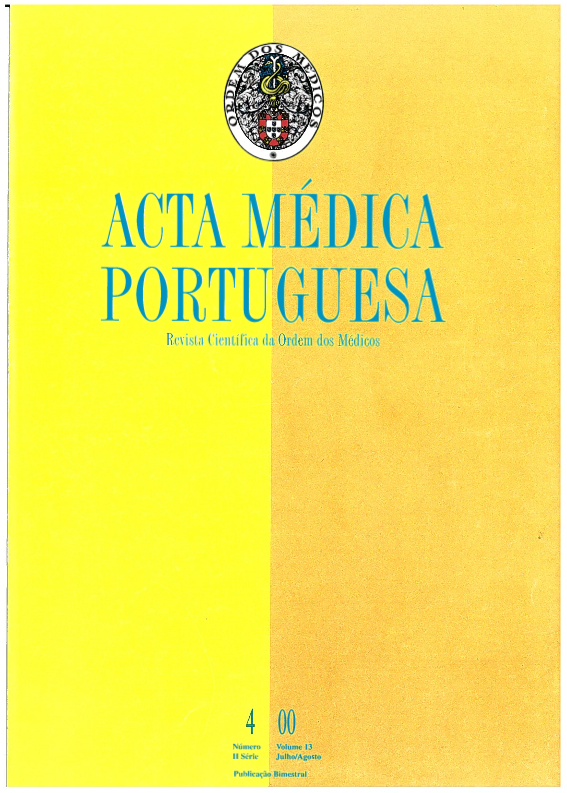Immunologic and epidemiologic characterization of non-responders/low-responders to hepatitis B vaccine.
DOI:
https://doi.org/10.20344/amp.1791Abstract
An important reduction in morbidity and mortality due to hepatitis B was achieved with the discovery of an effective vaccine. However, 2 to 10% of healthy adults do not respond to vaccination with the production of protective levels of antibody anti-HBs (assumed as protective, concentrations of ab. anti-HBs > 10 UI/L). Therefore, the aim of the present work was to study epidemiological (sex, age, obesity, alcoholic and smoking habits, previous diseases) and immunological factors (white cell count, immunoglobulins and sub-classes of IgG, lymphocytic populations and sub-populations) in a group of 20 healthcare workers with a low response (anti-HBs < 50 UI/L) to a genetically-engineered vaccine (Engerix B). The results were compared to the ones found in an identical sample of responders (anti-HBs > 100 UI/L) from the same population. No statistically significant differences regarding the epidemiological data, differential white cell counts and immunoglobulin quantification (IgG, IgA, IgM, IgG1, IgG2, IgG3) were detected. The mean value of IgG4 (mean = 54.53 +/- 59.8 mg/dl) in non/hyporesponders was significantly higher (p = 0.038) when compared to the same result in responders (mean = 33.76 +/- 31.30 mg/dl). A statistically significant difference (p < 0.05) in the quantification of double negative lymphocytic T sub-populations was also found, the mean value being higher in the responders (mean = 6.5 +/- 4.1% versus 4.6 +/- 2.3%). CONCLUSIONS: The effectiveness of recombinant hepatitis B vaccines is well known. However, a number of apparently healthy people are unable to achieve protective titres of anti-HBs after vaccination. As our study groups did not have a considerable number of cases, we can not establish definitive conclusions based on differences found in the quantification of IgG4 and double negative lymphocytic T sub-populations. It seems to us that an investment in future research into the eventual causes of nonprotective response and into new strategies of immunization of non/hyporesponders are appropriate. In the meantime, the occupational daily risk of exposure to infected body fluids makes adequate hepatitis B immunization of healthcare workers a priority.Downloads
Downloads
How to Cite
Issue
Section
License
All the articles published in the AMP are open access and comply with the requirements of funding agencies or academic institutions. The AMP is governed by the terms of the Creative Commons ‘Attribution – Non-Commercial Use - (CC-BY-NC)’ license, regarding the use by third parties.
It is the author’s responsibility to obtain approval for the reproduction of figures, tables, etc. from other publications.
Upon acceptance of an article for publication, the authors will be asked to complete the ICMJE “Copyright Liability and Copyright Sharing Statement “(http://www.actamedicaportuguesa.com/info/AMP-NormasPublicacao.pdf) and the “Declaration of Potential Conflicts of Interest” (http:// www.icmje.org/conflicts-of-interest). An e-mail will be sent to the corresponding author to acknowledge receipt of the manuscript.
After publication, the authors are authorised to make their articles available in repositories of their institutions of origin, as long as they always mention where they were published and according to the Creative Commons license.









